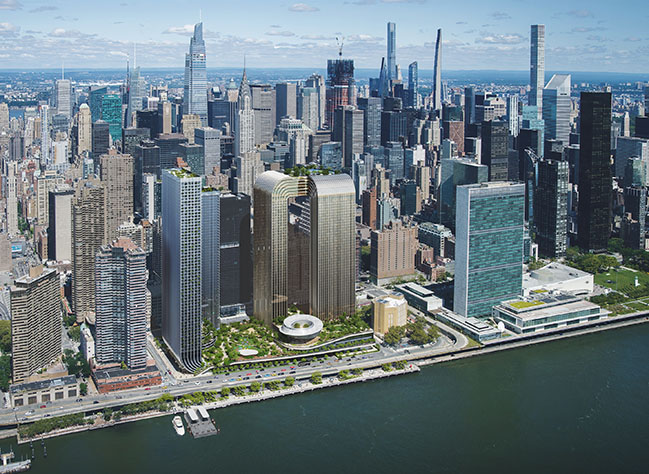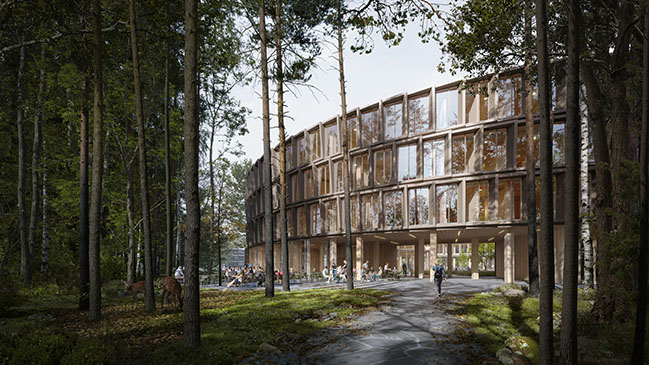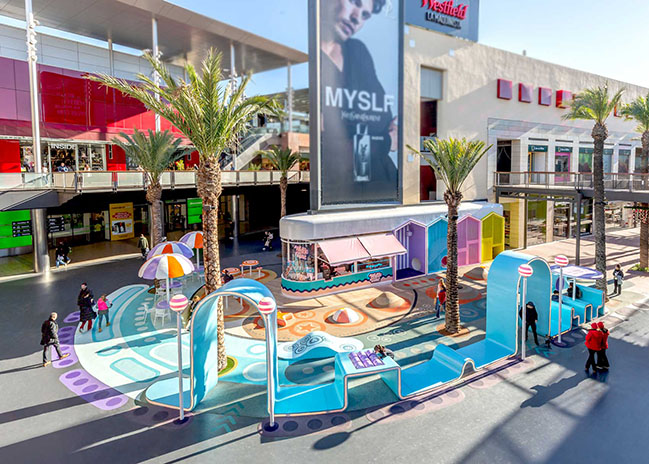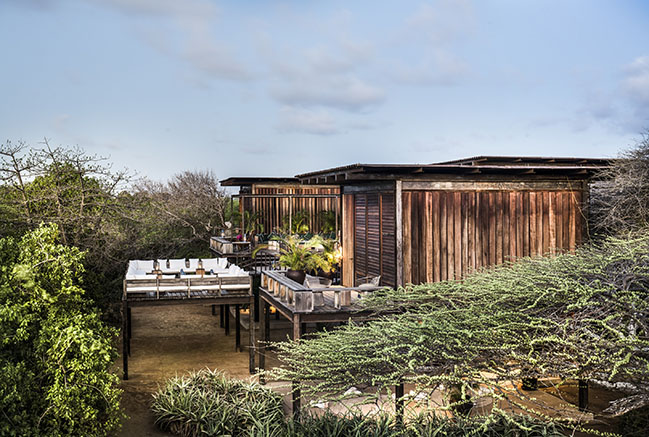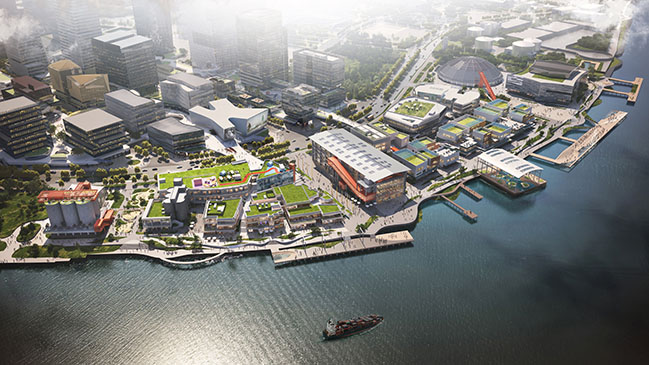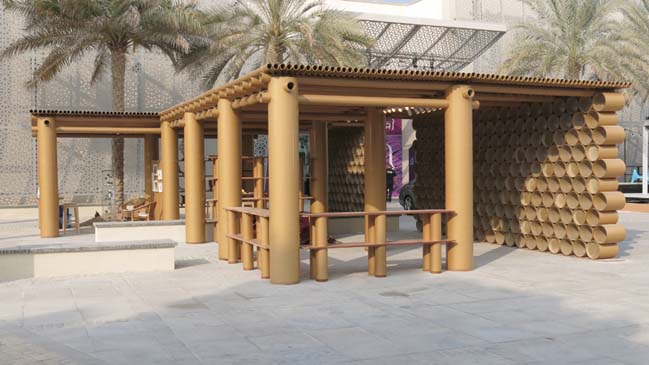02 / 29
2024
Tanghua Architects has conceived a conference center in the form of a covered bridge surrounded by picturesque mountain and river landscapes...

> B&B Italia Showroom, Ningbo by OUTIN. DESIGN
> Altlife Ningbo Bookstore by Kokaistudios
From the architect: The scheme, with distinctive design and a response to the genius loci, stood out among other proposals in an international competition and has been successfully executed. The conference center serves as a venue for government affairs and business activities related to the "Belt and Road Initiative" and "Yangtze River Delta Integration Plan". Furthermore, it symbolizes national culture and plays the role of a bridge connecting Ningbo and the world.
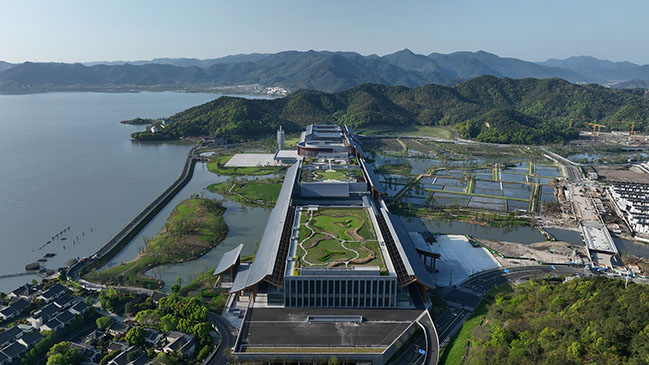
The conference center is located in the Dongqian Lake Scenic Area on the southeast outskirts of Ningbo City. Adjacent to the west shore of Dongqian Lake and connected to two mountains on its north and south sides, the core plot spans about 49 hectares (735 mu). It's where the streams, rivers, lakes, mountains, lotus ponds, water outlets and riverbanks meet, and expansive paddies and wetlands unfold across thousands of square meters.
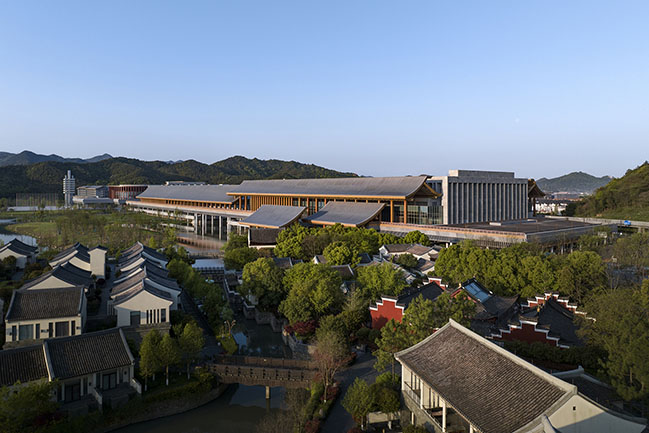
#01 Ecological conservation and environmental friendliness
We have preserved the site's existing topography, water system and ecosystem, with the conference center arranged overhead in a north-south belt-shaped area. The compact configuration of the building ensures the preservation of 36.7 hectares of agrarian landscape, embodying a romantic retention of agricultural landscape in the era of rapid urban expansion. On one hand, this allows for flexibly reserves land for potential future urban development; On the one hand, the existing farmland has become an ecologically continuous transition zone that facilitates "city-field symbiosis".
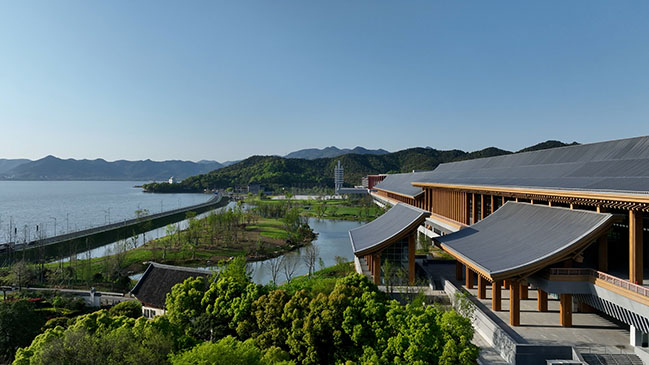
#02 Programs and scale
The covered bridge is divided into four areas by three water outlets with the programs arranged according to the public-private logic from north to south. The northern part of the layout is an 11,000㎡ large-scale multi-purpose hall, which is followed by the 5,500㎡ main venue, the 3,700㎡banquet hall and the 1,800㎡summit area. The southern part is a five-star hotel with 342 rooms.
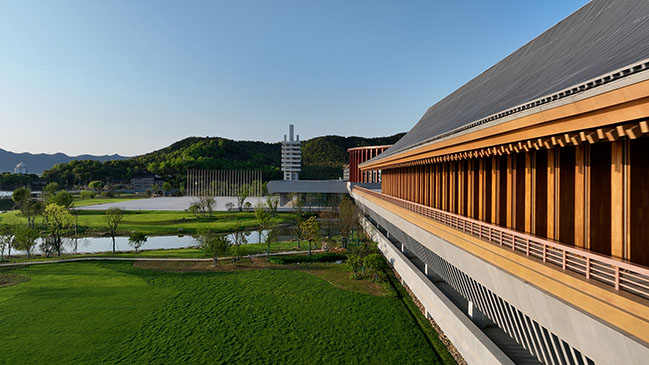
The three water outlets naturally become landscape nodes between the functional volumes and open spaces. Small-scale streets and commercial settlements which are connected to the conference center are arranged along the water, together with the villages, market streets, temples, they constitute a multi-dimensional urban scene like that of a picturesque Jiangnan scroll painting.
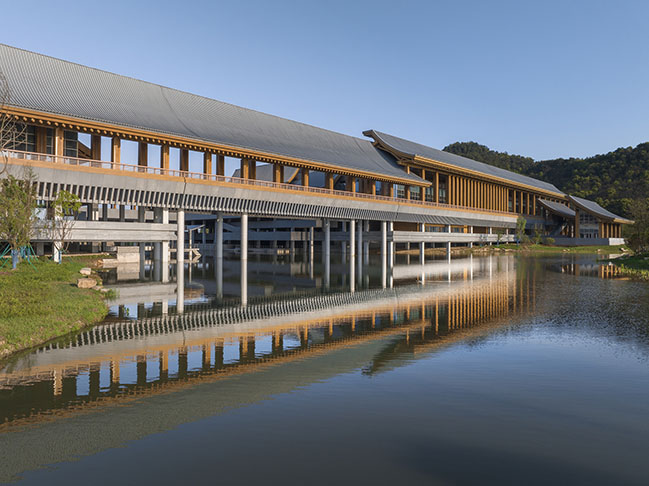
#03 Circulation
The main building volume is elevated to 5m in height, with the main structure, equipment and service functions packed into a 5m height volume. The conference floor is 10 meters above the site's ground. Taking advantage of the site's height variance between the north and the south, the conference center can be connected to the city road on different heights, realizing three-dimensional traffic.
When hosting meetings, attendees enter the conference center from the upper level and exit from the lower level, while service circulation and freight circulation are organized separately. With multiple exits connecting with the urban public transportation network, smooth assemblage and evacuation are ensured.
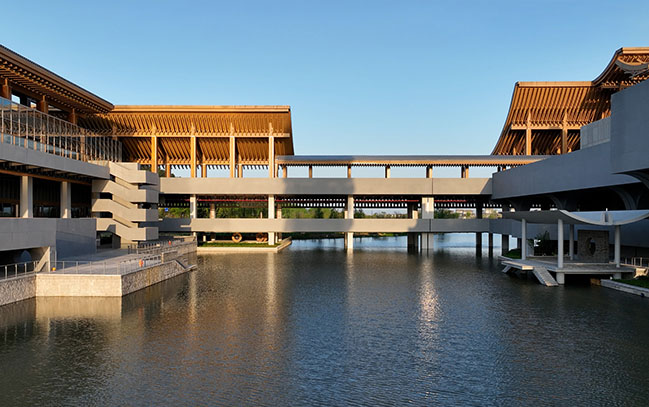
When the conference venues are closed, the covered bridge and the commercial streets are open to the public round the clock, transforming into an iconic market and settlements reminiscent of Jiangnan water towns.
The covered bridge is not just a simple bridge, but rather, a building in the form of a bridge. It serves as a multi-functional public open space, providing shelter from the sun and rain, as well as a place for people to rest, communicate, gather, and enjoy the scenery. This unique structure also contributes to establishing an educational hub that blends the elements of local culture, history, and science.
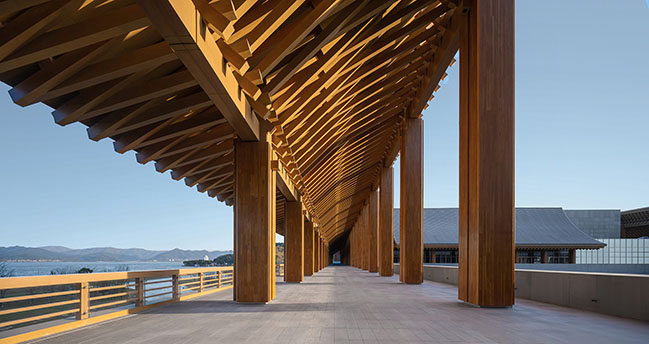
#04 Environmental conservation and energy efficiency
The emphasis on environmental conservation, energy efficiency, and emissions reduction is integrated into individual buildings and the urban infrastructure network. The project site is located next to Gaoqiu Weir, an important area for flood diversion and storage as part of the Dongqian Lake flood control system. To minimize the impact on the local hydrological environment, the design team conceived a stilted bridge-style building elevated above the fields. This allows for a close view of Dongqian Lake without altering the intrinsic properties of Gaoqiu Weir. To reduce rainwater runoff and water pollution, green roofs are employed, while permeable paving materials are used to retain large areas of green space and increase water infiltration and replenishment. Additionally, on-site renewable PV energy is used to provide hot water, and a geothermal heat exchange system is implemented to enhance energy conservation and save space resources.

Tracing back to the cultural origin of Ningbo City, agriculture can be regarded as the root of the Hemudu culture. By preserving the natural wetland on the site, our design juxtaposes the high-density, fast-paced urbanized area with the idyllic natural space, and integrates the cultural tourism industry system with the exhibition industry system. It's the nexus between the regional culture and the modern city, a contemporary Jiangnan water town where the rivers and lakes meet and accommodate both farming and commerce, and a Ningbo sample of the people's longing for a better life.
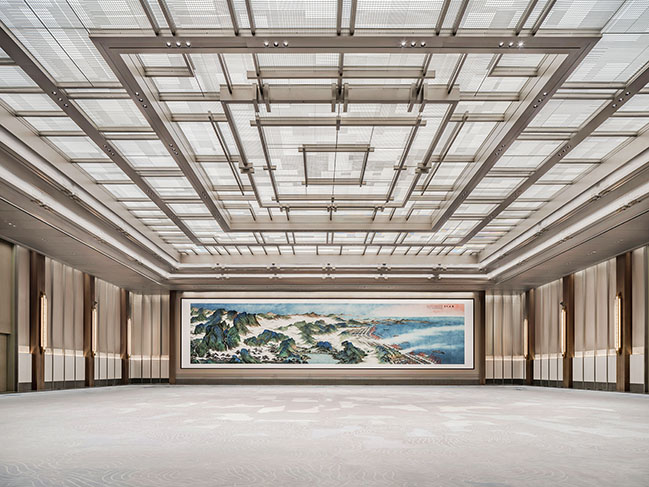
Architect: Tanghua Architects
Client: Ningbo International Conference Center Development Co., Ltd.
Location: West Bank of Dongqian Lake, Ningbo, Zhejiang, China
Site area: 489,333 sqm
Gross floor area: 398,413 sqm
Lead Architect: Tang Hua
Project principal: Deng Fang
Project team: Peng Jian, Zhang Qiulong, Chen Wenfeng, Tang Mengchan, Yu Wenbo, Huang Zhenji, Yi Xihao, Wang Kun, Liu Huawei, Wang Tianhao, Liu Ying, Zheng Xin, Wang Xinzu
EPC: Beijing Institute of Architectural Design (BIAD), China Construction Eighth Engineering Division Corp. Ltd.
Photography: Geek/ Xie Zhenguo, MMCM
BIAD team
Project principals: Xie Xin, Zhuo Weijie, Peng Lin, Zhou Junxian
Project manager: Liu Yue
Architectural design: Yang Shan, Teng Jun, Qiao Yibing, Guo Xiaochen, Kang Lijun, Sun Shangwen, Zhao Yanhao, Zhao Dawei, Jin Yirun, Li Shujing, Liu Chen, Wei Chengqi, Jiang Chenxi
Structural design: Wei Dong, Han Wei, Hao Tong, Wu Pojiang, Cheng Hanwen, Li Qian, Chang Ting, Wang Sheng, Fang Qixiao, Su Fulong, Song Zikui, Niu Yanan, Chen Yaxin, Li Xuechao, Hao Zhenyu, Pan Yuchen, Teng Fei
Equipment design: Xu Honglei, Yang Fan, Wang Jinbiao, Qi Ruiying, Gao Chen, Hu Guixia, Xu Yiheng, Zhao Xin, Zhao Shengquan, Jiang Hang, Chen Huiling, Huang Mengjiao, Sun Qian, Gong Yingqian
Electrical design: Ren Hong, Hua Jianjiang, Wei Jie, Wang Lingyu, Zhi Jingjing, Wei Hengjie, Ruan Jiaqi, Zhao Cong, Geng Yi, Jiang Luyan
Interior design: Beijing BIAD Decoration Engineering & Design Co., Ltd.
Interior design principal: Wang Meng
Schematic interior design: Wang Meng, Gao Pan, Liu Yamei, Liu Yemeng, Zu Haoran, Du Shuli, Liang Xueling, Qu Mingyang
Conference hall design development: Dong Bing, Yang Tianlun, Liu Jian, Li Ronghui, Tao Pengwei, Zhao Jia, Li Yi, Li Qingxuan, Zhang Qi
Hotel design development: Zhao Cheng, Li Minghui, Ai Sen, Zhao Jing, Dong Tonglang
Interior electromechanical design: Wang Sen, Song Junfeng, Gu Yao, Wang Tao
Interior decoration: Tan Xiaoming, Zheng Chunmei, Zhao Qian, Wang Lan, Li Yue, Tian Jingyu, Tao Pei, Chen Ang, Wang Qiong
Interior materials: Li Peng, Liu Haidong
Landscape design: Hangzhou Landscape Architecture Design Institute Co., Ltd.
Floodlighting design: Kaiser Lighting
Curtain wall design: CCAT
BIM design: Ningbo Youchen Architectural Design Consultant Co., Ltd.
Civil air defense design: Nanjing Underground Engineering & Architecture Design Institute Co., Ltd. (Ningbo High-tech Zone Branch)
Civil engineering and infrastructure design consultant: Ningbo Economic & Technical Development Zone Urban Construction Design Co., LTD
Signage/Visual design: Hangzhou JiCheng Culture & Art Co., Ltd.
Sustainability consultant: Ningbo Housing Building Energy Conservation Technology Co. LTD
Traffic engineering consultant: Beijing Tsinghua Tongheng Urban Planning & Design Institute
Fire engineering consultant: Arup Shanghai
Noise control consultant: BMILP Science & Technology Development Co., Ltd.
Design consultant: Ningbo Urban Construction Design & Research Institute Co., Ltd.
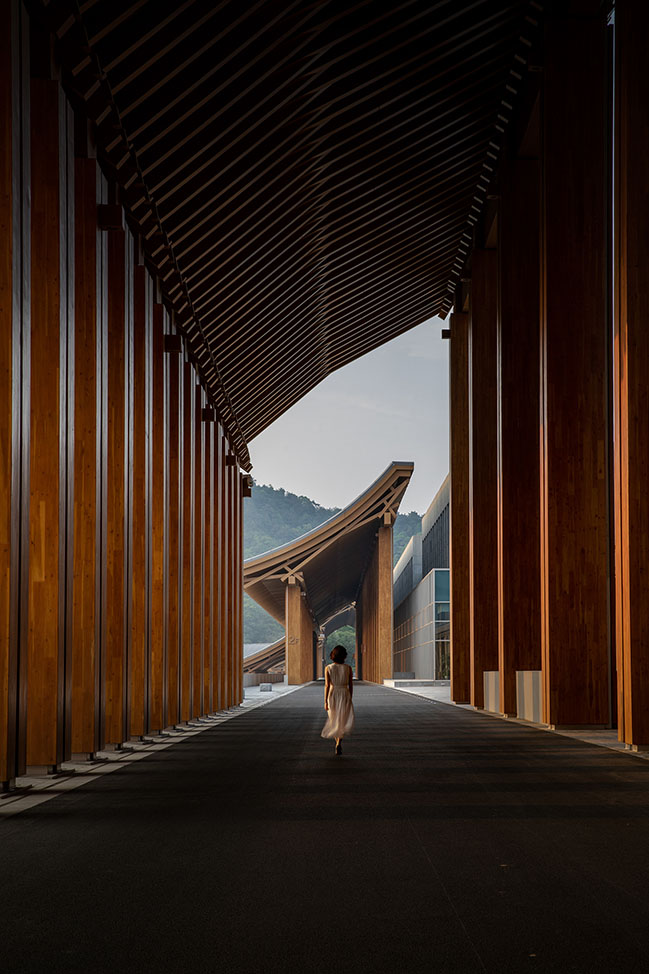
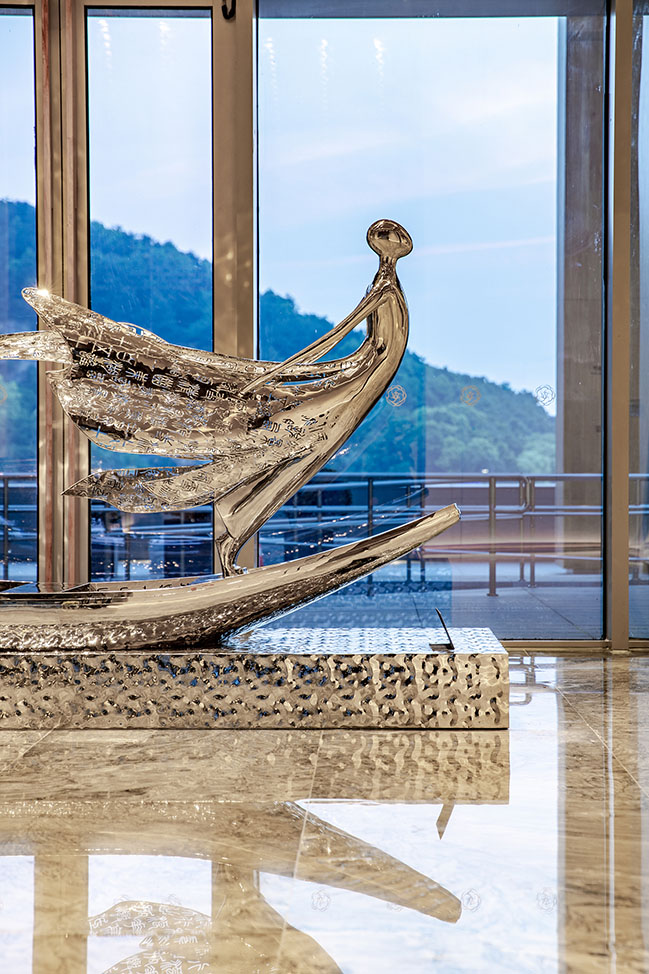
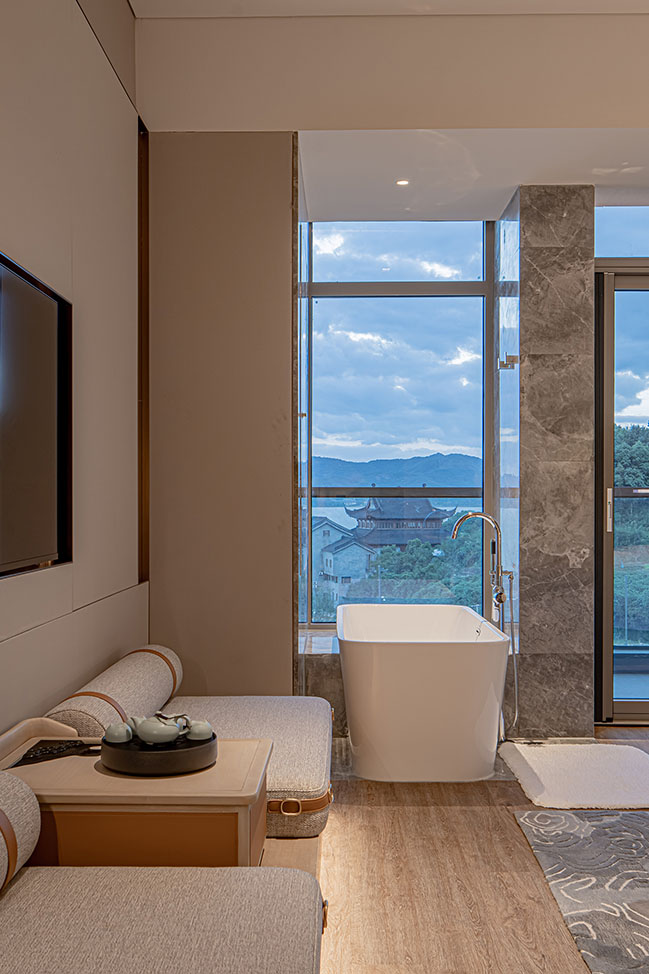
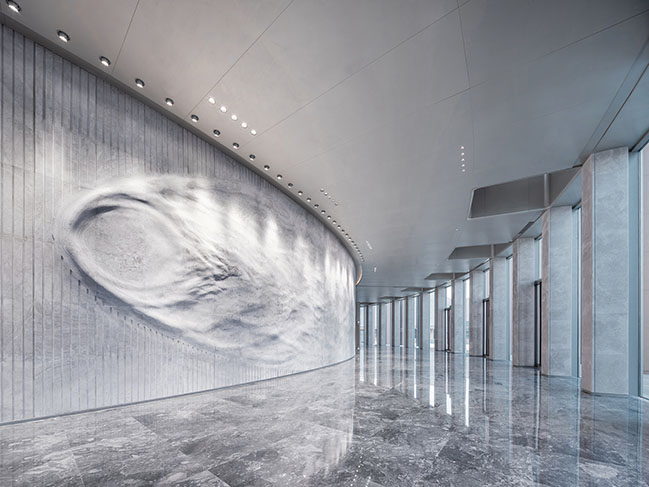
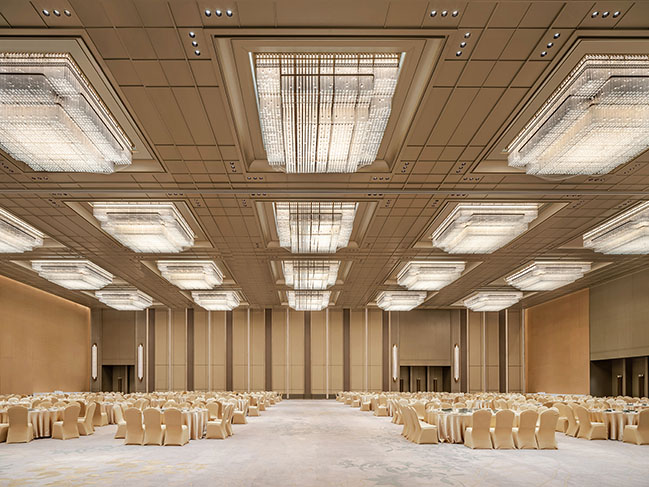
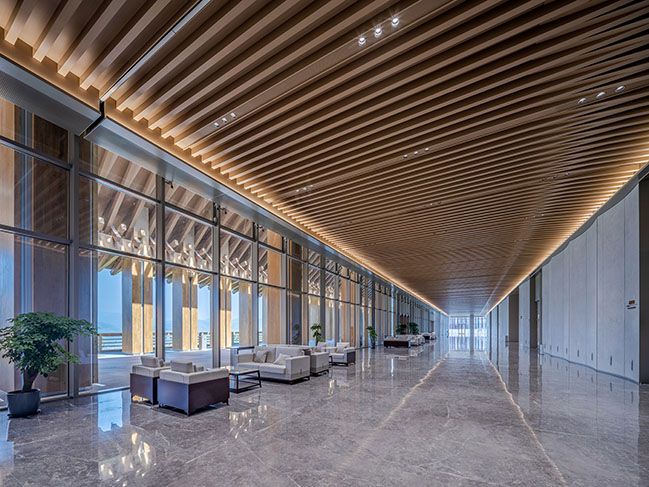

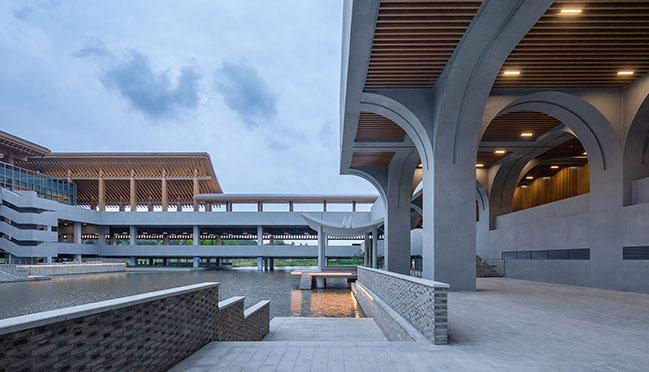
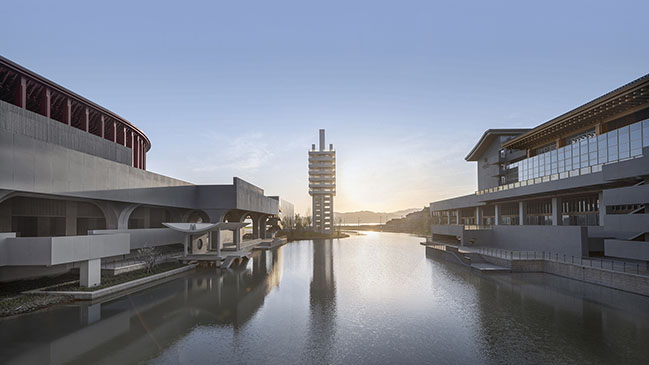
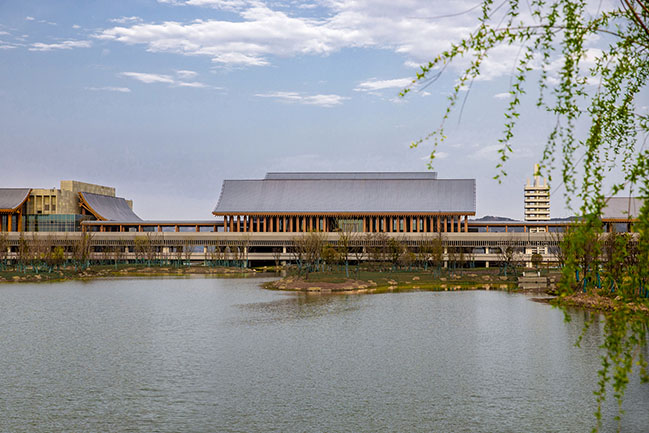
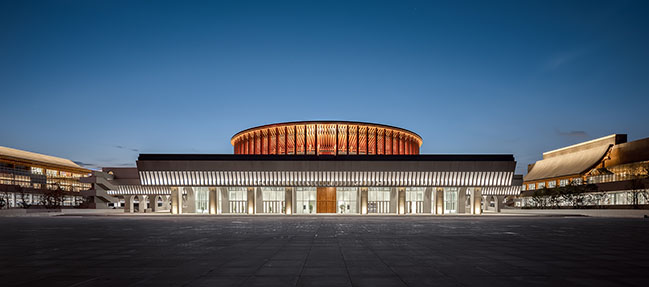
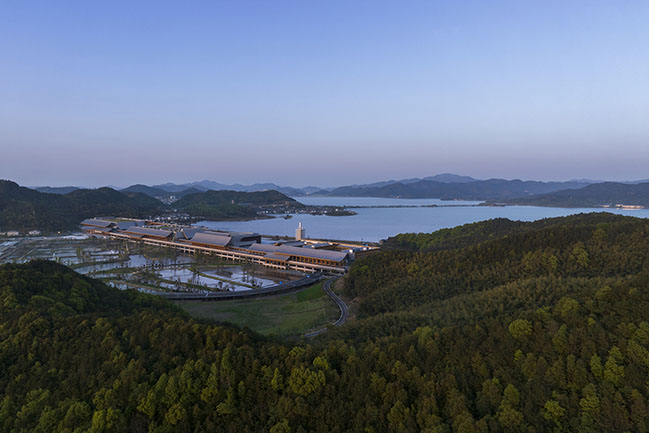
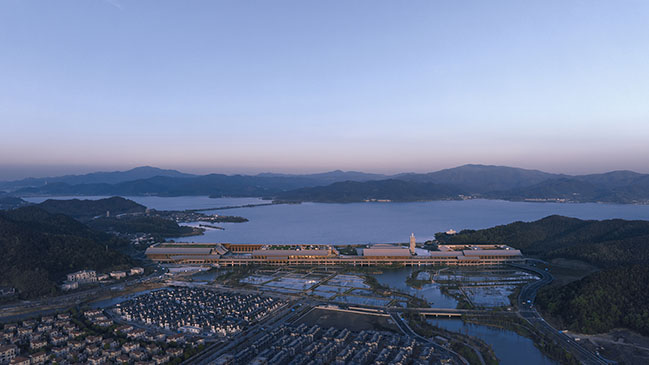

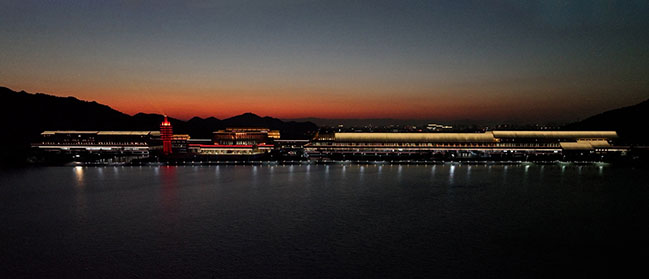
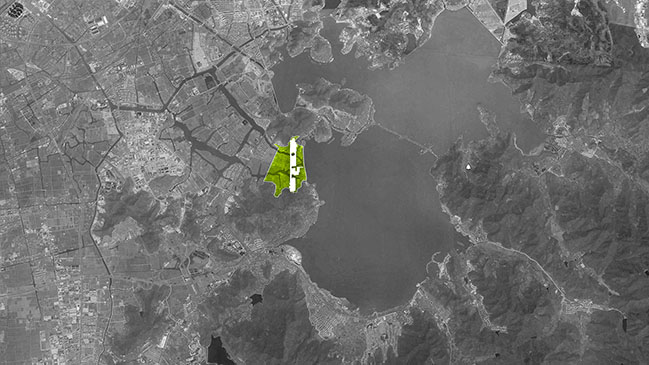

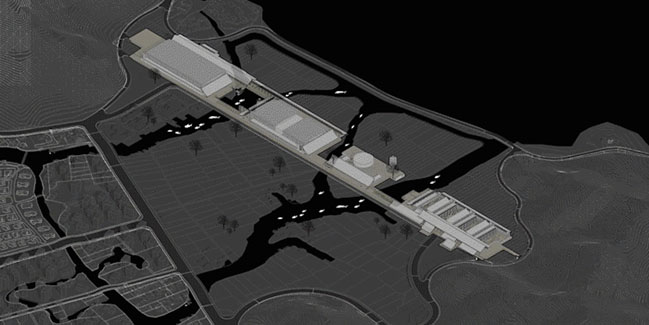
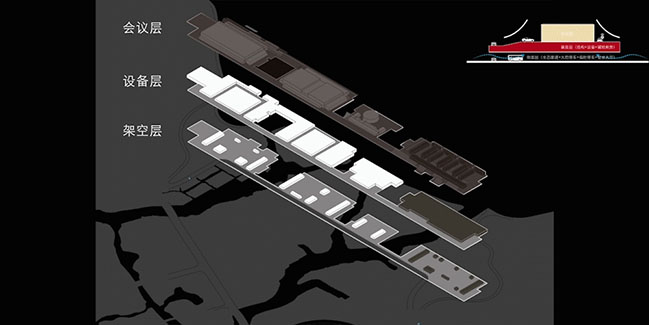
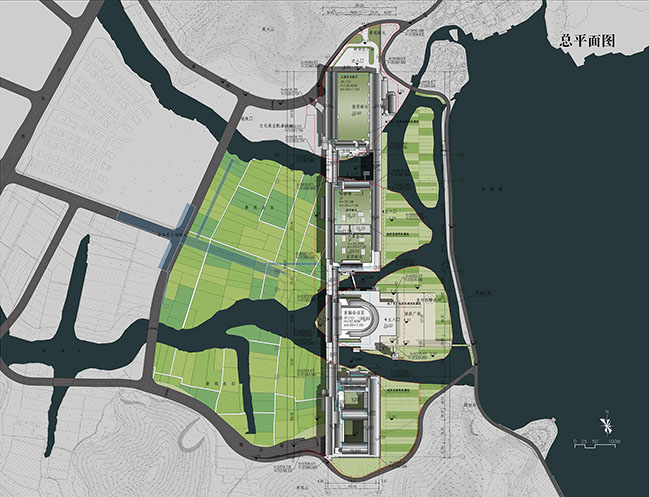


Ningbo International Conference Center by Tanghua Architects
02 / 29 / 2024 By preserving the natural wetland on the site, the design juxtaposes the high-density, fast-paced urbanized area with the idyllic natural space, and integrates the cultural tourism industry system with the exhibition industry system...
You might also like:
Recommended post: Amazing cardboard tubes architecture of Abu Dhabi Art Pavilion

